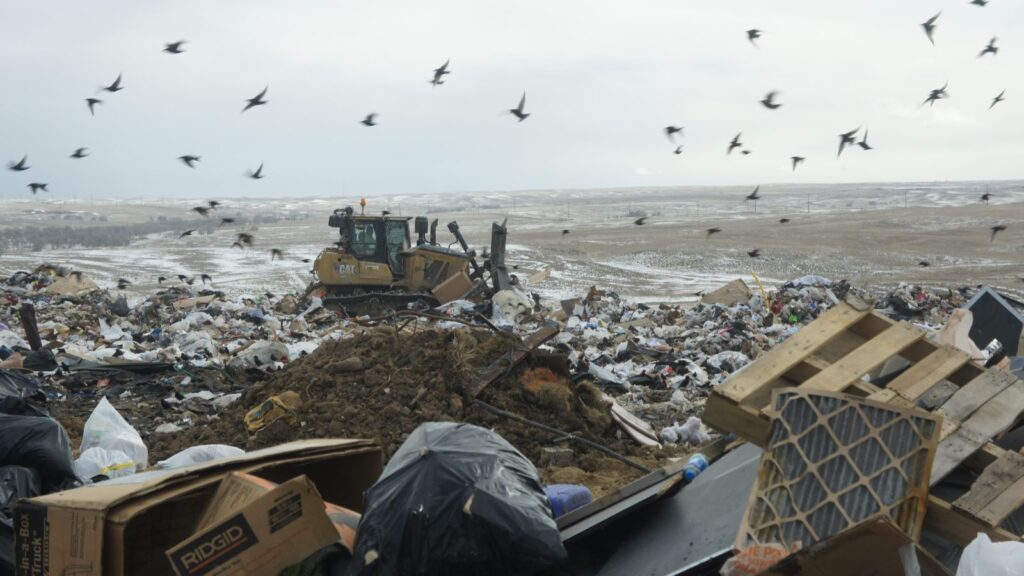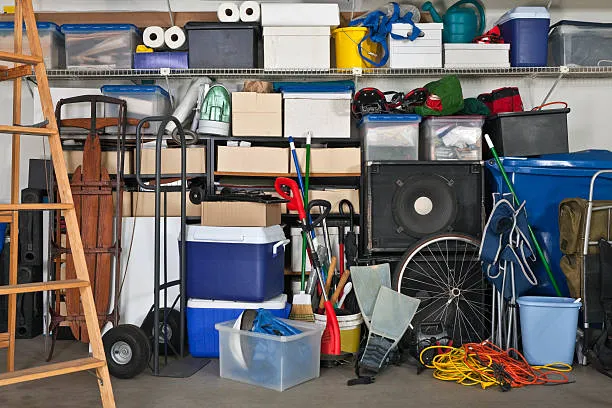I have a lot of stuff and in general, so do other people, but “our most ancient ancestors didn’t need stuff to survive. So, what happened?” (Colwell, 2024). The first “leap” towards a life around stuff “took place more than 3 million years ago in East Africa, when humans discovered that materials, like rocks, could be used as tools” (Colwell, 2024).
This discovery made having stuff essential for survival as civilizations developed.
“The next leap happened about 50,000 years ago, when humans gave meaning to these tools. ‘The realization that a knife can also be traded, that it has value, that it can be an heirloom, that it can be passed on between generations, that it can be beautiful, that it can be a piece of art, that it’s a part of religion’” (Colwell, 2024).
This gave stuff meaning.
“The third leap occurred in the last 500 years—first through the emergence of global trade and mass-producing products at a cheap cost, and then through the industrial revolution. In this leap, humans discovered that they could make stuff, and they began to perceive that stuff added a value to their lives. ‘It’s this consumer culture that has really swept the globe, that we need things to make us happy, to live well, and to have a good life'” (Colwell, 2024).
These three major leaps led to the present day, the era of abundant consumerism.
“The digital age has amplified what Colwell calls an ideology of abundance. Marketers have direct access to consumers, and consumers have direct access to products (think: Amazon’s same-day delivery). On the flip side, Colwell said, the digital age allows us to be smarter consumers and consume in different ways” (Colwell, 2024).
So can these new developments that are supposed to make us buy more stuff, actually help us create a healthier relationship with stuff?
“Often times, stuff carries a sense of significance and meaning for an individual. An heirloom passed down from a grandparent can spark a memory or bring a sense of belonging. Owning and wearing a suit expresses a form of identity, whereas wearing a sports team jersey expresses an entirely different one. Wedding rings and jewelry may symbolize love” (Colwell, 2024).
This sentiment for stuff helps us keep stuff, so why do some objects mean more to us than others and how can we make stuff more meaningful in our life?
Some reasons why we can have so much stuff in the present day “include how much disposable income one has, how much they have absorbed and embraced the ideology of abundance, the physical limitations of space in a home, religious commitments, and aesthetic values” (Colwell, 2024). This puts stuff in relation to greater aspects of our lives like our cultures, and that helps us realize that having stuff means something different for everyone. The real harm comes in as “the mindless consumption” and “wasting of stuff” (Colwell, 2024).

“This change in perception is the fourth leap. Humans will continue to live inseparably with their material things, but that doesn’t mean it needs to be done in an unhealthy way that harms the planet” (Colwell, 2024). Understanding the balance between “mindless consumption” and mindful consumption can help us have better relationships with both our stuff, ourselves, and our communities. So how can design help us discover this balance and change the way we interact with our stuff?
References:
Colwell, C. (2024, January 30). Consumerism and the Human Need for More Stuff. CU Denver News. https://news.ucdenver.edu/consumerism-and-the-human-need-for-more-stuff/




